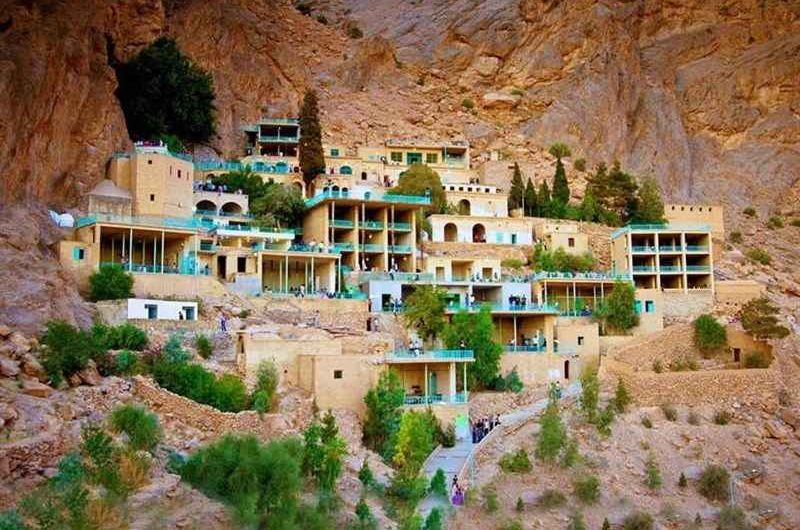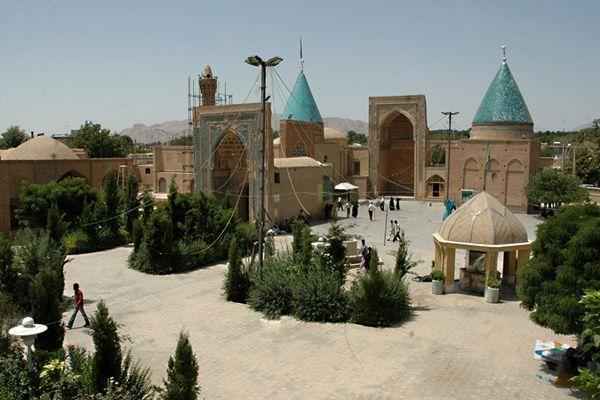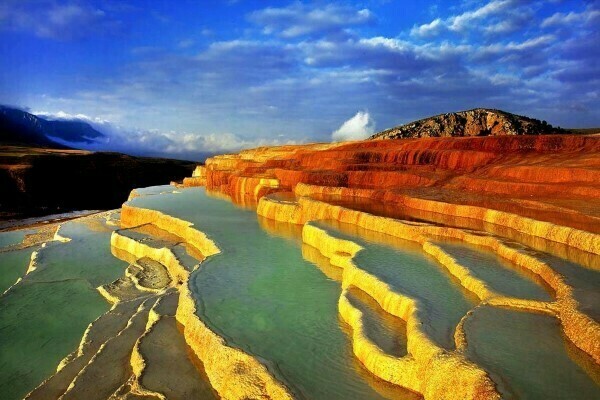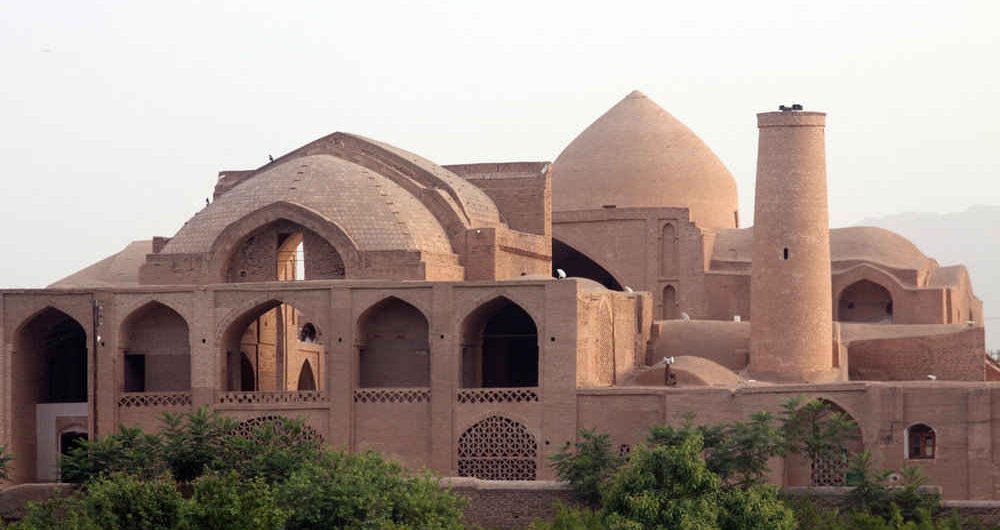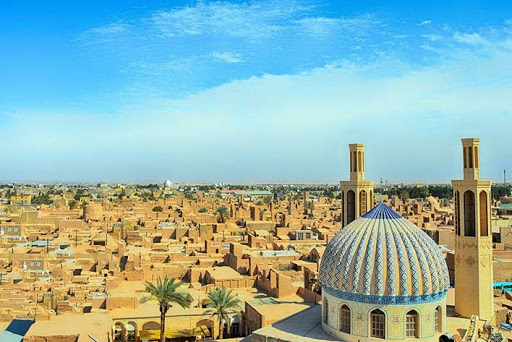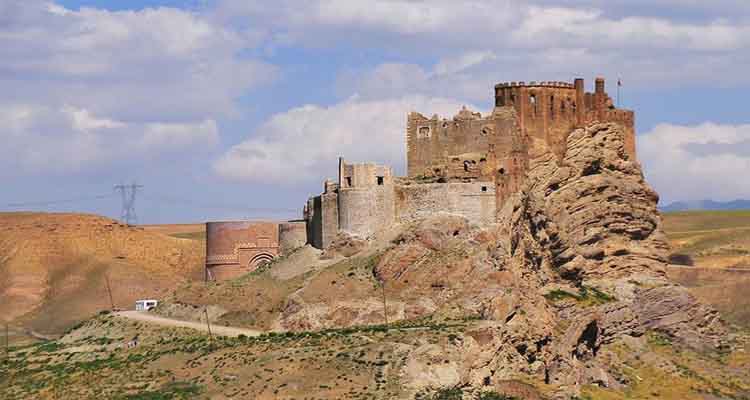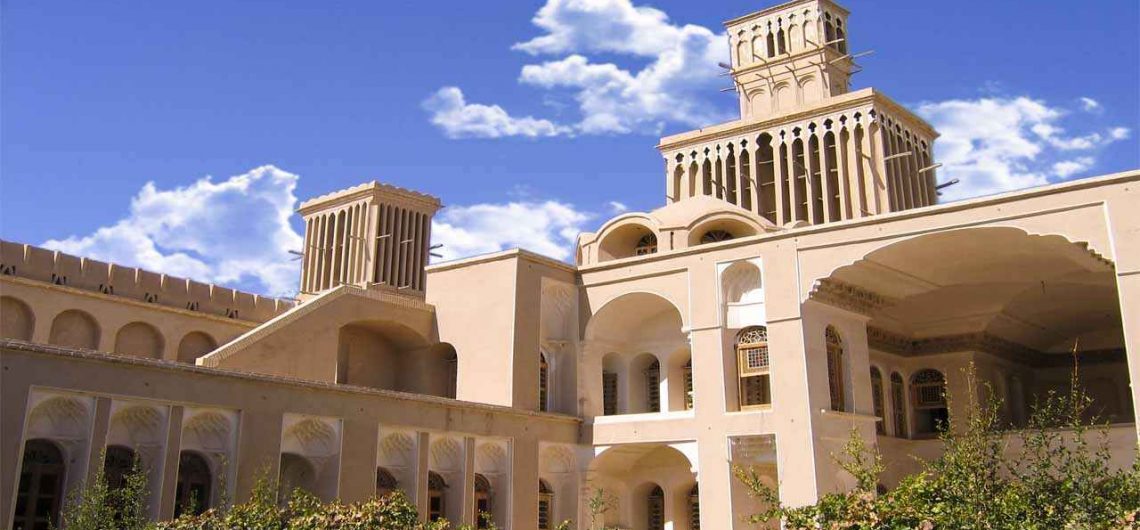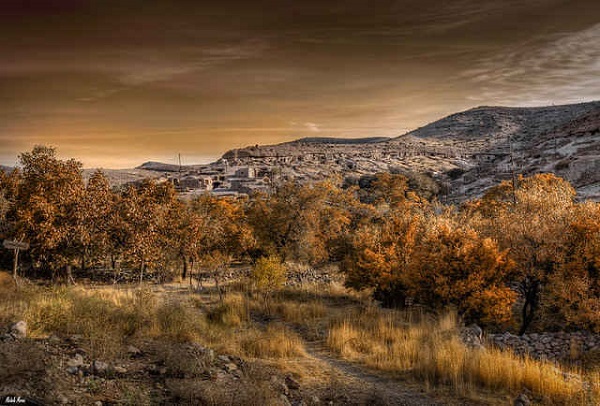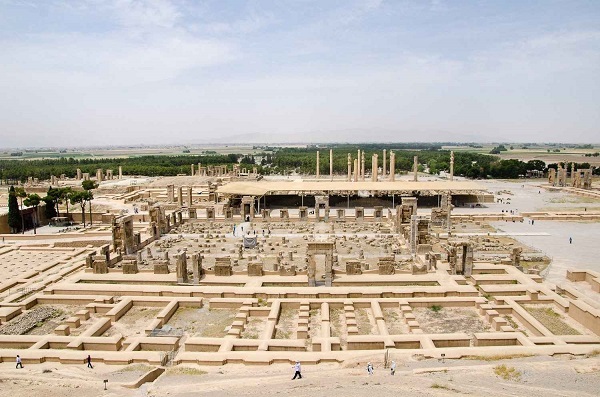Chak Chak
Sacred Temple of Chak Chak
Between mountains and plains there is a Zoroastrian temple on top of a mountain, in the middle of the solitude of the desert. Chak Chak is located 60 km from Yazd city, near Sharif Abad village in Ardakan, the second largest city in Yazd province. Through this desert landscape accompanied by a small purple and pink mountain range, at the end of a path decorated with wells (kariz) in the heart of the central desert of Iran, perched on the side of a cliff, this uninhabited town welcomes every year from June 14 to 18 to Zoroastrians around the world.
Legend, in Zoroastrian belief, attributes this place to Nikbanu, the second daughter of the last Sassanid ruler, Yazdgerd III. It is said that Nikbanú took refuge in this place from the attack of the invading Arab army in 640. The Sassanid Empire was the last imperial dynasty of Persia before the rise of Islam. They say that Nikbanú prayed to Ahura Mazda to protect her from her enemies, as she was afraid of being captured. In answer to her prayers, the mountain miraculously opened and sheltered her. The temple includes a cave with a still flowing spring at the top of the mountain overlooking the desert. Two spearmen appear in two large bronze doors at the entrance and in front of a sacred tree, which must have been the princess’s cane. Inside, a fire burns in the central altar and three candles are lit in a niche. Here, we can read Zoroastrian morals: good thoughts, good words, good deeds.


